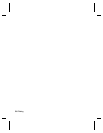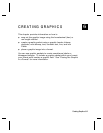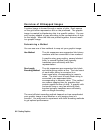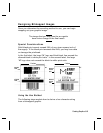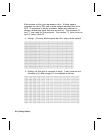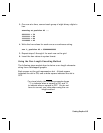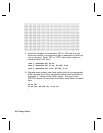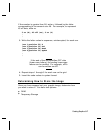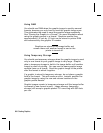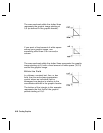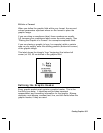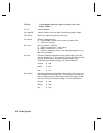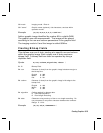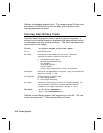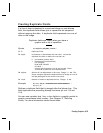
Using RAM
You should use RAM when the graphic image is used by several
formats, because you only have to send the graphic image once.
This eliminates the need to send the graphic image repeatedly.
See "Placing the Graphic in a Format," for more information about
using the graphic packet in a format. Graphics smaller than
approximately 1/2 inch by 1/2 inch can be stored in printer RAM
and referenced by the graphic ID number.
Graphics are stored in the image buffer and
remain there until another format is sent or the
printer is turned off.
Using Temporary Storage
You should use temporary storage when the graphic image is used
only in one format or your graphic image is very large. Graphic
data in temporary storage is held in the image buffer until another
format is used for printing. You can use the same graphic image
multiple times on a format. Send the graphic image to the printer
after the format to which it applies.
If a graphic is stored in temporary storage, do not place a graphic
field in the format. This will cause an error. Instead, position the
graphic image by using the row and column locations in the
graphic packet header.
Graphic images remain in temporary storage until the image buffer
is cleared (a new format is sent). Image memory (temporary
storage) will accept a graphic packet 701 rows long with 352 dots
per row.
6-8
Creating Graphics



